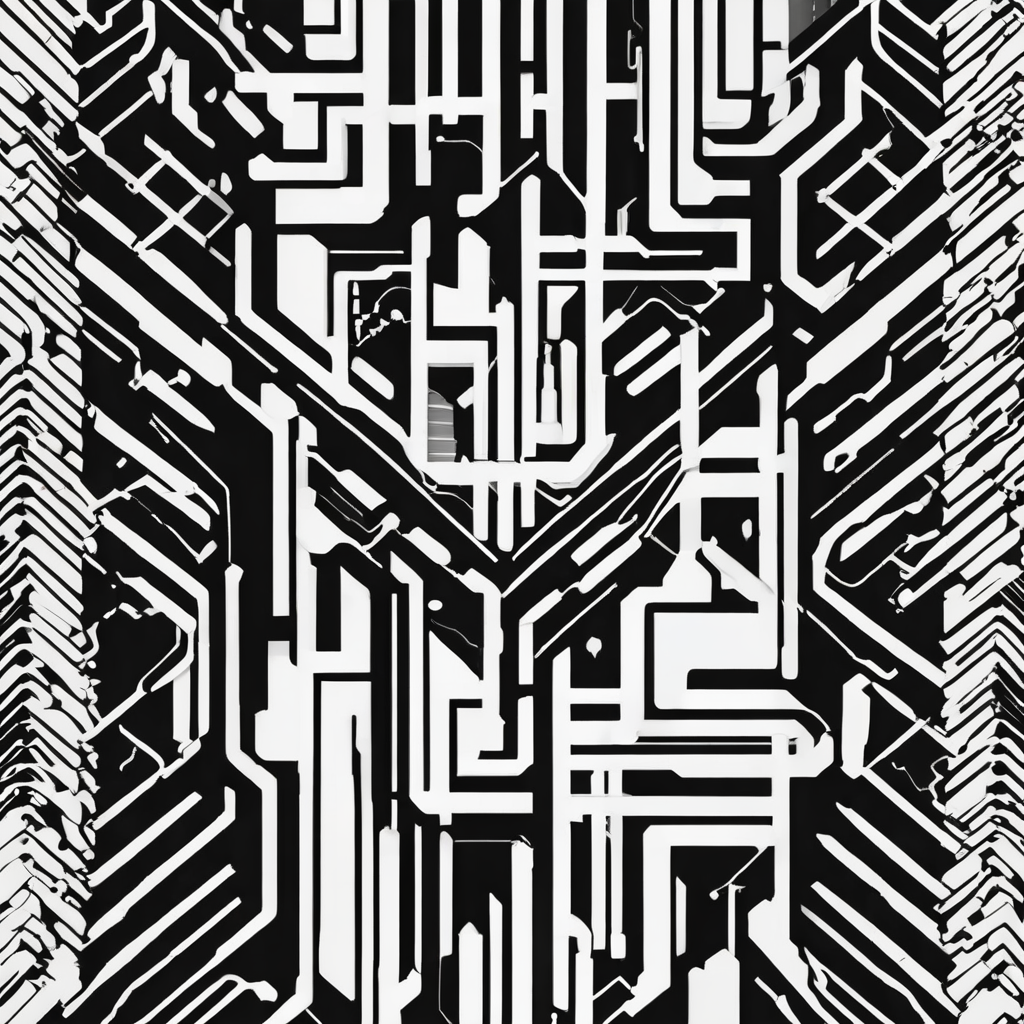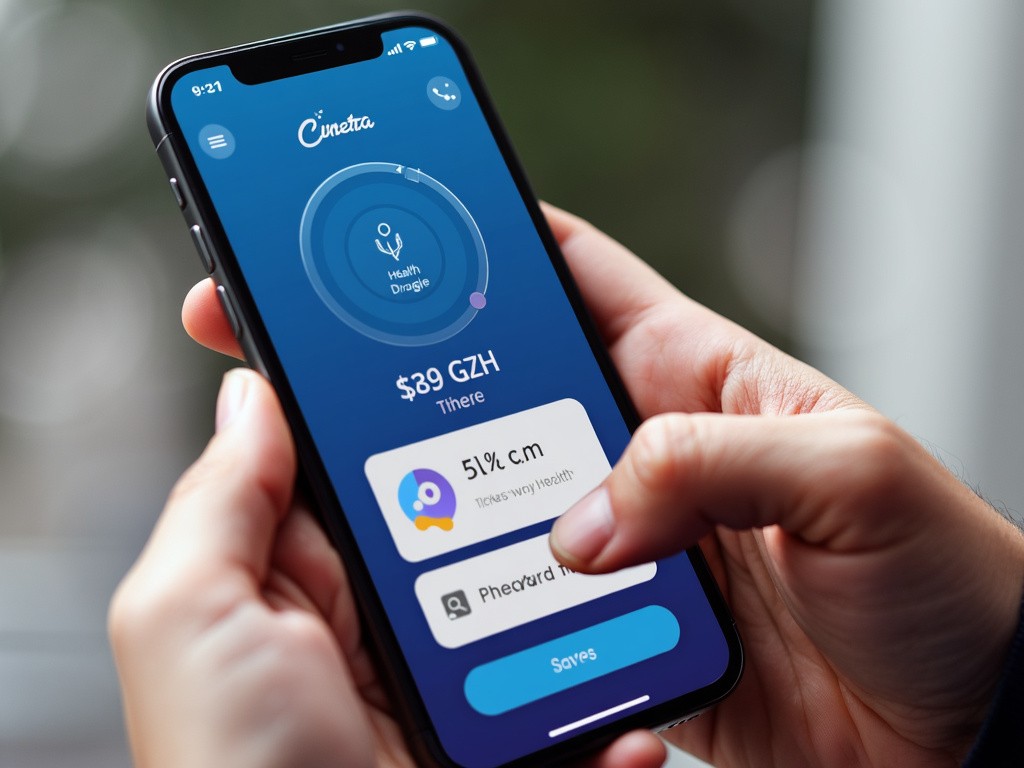In today’s fast-paced world, managing the delicate balance between work and personal life has become increasingly challenging. Smartphones, while often viewed as distractions, can be powerful tools that enhance both productivity and personal well-being. Understanding the effective ways to use these devices can significantly impact employee engagement, job satisfaction, and overall performance. This article delves into how you can transform your smartphones from potential distractions into enablers of a healthy work-life balance.
The Role of Smartphones in Modern Work Life
Smartphones have become integral to our daily routines, merging the boundaries between work and personal life. While this convergence can sometimes blur the lines, understanding and leveraging mobile technology can lead to a more balanced and fulfilling life.
Also to discover : What Are the Steps to Create a Digital Journal on Your Tablet for Daily Reflections?
Smartphones as Productivity Enhancers
Smartphones offer a wide array of applications designed to boost productivity. From calendar apps to project management tools, these devices can help you stay organized and efficient:
- Calendar and Scheduling Apps: Applications like Google Calendar or Microsoft Outlook can help you plan your day efficiently. By setting reminders and blocking out time for specific tasks, you can manage your work hours more effectively.
- Task Management Tools: Apps like Trello, Asana, and Todoist allow you to create task lists, set deadlines, and track progress. This not only keeps you organized but also ensures that you stay on top of your job responsibilities without feeling overwhelmed.
- Communication Apps: Tools like Slack and Microsoft Teams facilitate real-time communication with your team, making it easier to coordinate without the need for constant back-and-forth emails.
By utilizing these tools, employees can enhance their performance and reduce the stress associated with managing multiple tasks.
This might interest you : How to Use Your Smartphone to Control a Smart Coffee Maker?
Setting Boundaries with Smartphones
One of the most challenging aspects of using smartphones is setting clear boundaries between work and personal time. To achieve a healthy work-life balance, it’s crucial to define these boundaries:
- Separate Business and Personal Phones: Having a dedicated business phone can help you draw a clear line between work and personal life. When the workday ends, you can turn off your business phone, allowing you to focus on your personal life.
- Do Not Disturb Mode: Utilize the “Do Not Disturb” feature during non-working hours to avoid being bombarded with work notifications. This helps you disconnect and recharge.
- Notification Management: Customize the notifications on your phone to prioritize what’s important. For instance, disable social media notifications during work hours to minimize distractions.
These practices not only improve job satisfaction but also contribute to better mental health and personal relationships.
Enhancing Employee Engagement with Mobile Technology
Employee engagement plays a crucial role in the overall success of a business. Smartphones can be a valuable asset in enhancing employee experience and engagement.
Real-Time Feedback and Communication
Smartphones enable real-time feedback and communication, which can foster a culture of openness and collaboration:
- Feedback Tools: Apps like SurveyMonkey or Google Forms can be used to gather real-time feedback from employees. This allows management to address issues promptly and improve the workplace environment.
- Instant Messaging: Instant messaging apps facilitate quick communication, making it easier for employees to feel connected and engaged with their team.
Access to Learning and Development Resources
Continuous learning and development are vital for employee growth. Smartphones can provide easy access to various learning platforms:
- E-Learning Apps: Platforms like Coursera, LinkedIn Learning, and Udemy offer a plethora of courses that employees can access anytime, anywhere. This flexibility allows employees to enhance their skills without interfering with their work schedule.
- Knowledge Sharing: Apps like Evernote or OneNote enable employees to share knowledge and resources, fostering a culture of continuous learning.
By leveraging these tools, businesses can improve employee performance and satisfaction in the long term.
Balancing Work and Personal Life with Smartphones
Balancing work and personal life is essential for maintaining overall well-being. Smartphones can help you achieve this balance through effective time management and prioritization.
Time Management and Prioritization
Effective time management is key to balancing work and personal life:
- Time Tracking Apps: Apps like Toggl or RescueTime help you track how you spend your time. This insight allows you to identify areas where you can improve efficiency and allocate time better.
- Prioritization Tools: Use prioritization tools to identify and focus on high-impact tasks. This ensures that you complete essential tasks while leaving room for personal time.
Managing Social Media and Digital Overload
Social media can be a significant distraction, affecting both work and personal life:
- Social Media Management: Use apps like Buffer or Hootsuite to schedule social media posts. This reduces the time spent on these platforms during work hours.
- Digital Detox: Allocate specific times for a digital detox. This can be during weekends or after work hours, allowing you to disconnect and focus on personal life.
By implementing these strategies, you can improve your work-life balance and overall well-being.
The Impact of Smartphones on Long-Term Work Personal Life Balance
It is essential to consider the long-term impact of smartphone use on work and personal life. Establishing sustainable practices can lead to a healthier and more balanced lifestyle.
Sustainable Smartphone Practices
Adopting sustainable practices ensures that smartphones enhance rather than hinder your life:
- Regular Breaks: Take regular breaks from your phone to avoid digital fatigue. This can include implementing screen-free times during meals or before bedtime.
- Healthy Habits: Use health and wellness apps to monitor your physical and mental health. Apps like Headspace or Calm can help you practice mindfulness and reduce stress.
Leveraging Data for Better Decisions
Smartphones generate a wealth of data that can be used to make better decisions:
- Usage Data: Review your phone usage data to understand how you spend your time. This can help you identify areas where you can cut back and allocate more time to personal activities.
- Health Data: Use health apps to monitor your physical activity, sleep patterns, and overall well-being. This data can provide insights into how your lifestyle affects your work and personal life.
Encouraging a Balanced Culture
Businesses play a crucial role in promoting a balanced work culture:
- Flexible Work Policies: Implement flexible work policies that allow employees to manage their schedules more effectively. This can include remote working options and flexible hours.
- Supportive Environment: Foster a supportive work environment that encourages employees to prioritize their well-being. This can include offering wellness programs and resources.
By adopting these practices, both employees and businesses can achieve a more balanced and fulfilling lifestyle.
Smartphones are powerful tools that, when used effectively, can significantly enhance work-life balance. By leveraging mobile technology for productivity, setting clear boundaries, and fostering employee engagement, you can transform your smartphone from a potential distraction to an enabler of a healthier and more balanced life. Sustainable practices and the strategic use of data can further support long-term well-being. In the end, striking the right balance between work and personal life leads to happier, more productive employees and a more successful business. Whether you’re an employee or an employer, adopting these strategies can pave the way for a more balanced and fulfilling life.
By understanding and implementing these methods, you can ensure that your smartphone supports rather than hinders your journey towards a healthy work-life balance.






